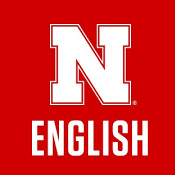English, Department of

Department of English: Faculty Publications
Document Type
Article
Date of this Version
1-1913
Citation
Modern Language Review (1913) 8: 324–330
Abstract
Recognition of ‘blending' as a mode of word-formation, the telescoping of two or more words into one, as it were, or the superposition of one word upon another, is not new among etymologists, although the subject has never been given separate or very elaborate treatment. Some instances of these factitious amalgam forms, the 'portmanteau words' of Lewis Carroll’s Through the Looking Glass, the blend or fusion forms of etymologists or lexicographers, are dumbfound from dumb and confound, dang from damn and hang, gerrymander from Elbridge Gerry and salamander, electrocute from electric and execute; probably boost from boom and hoist, lunch from lump and hunch, luncheon from lunch and the now obsolete nuncheon, scurry from skirr or scour and hurry, squirm from squir and swarm; also numerous mongrel slang or dialect forms, often jocular in intention, like the American slanten- dicular, solemncholy, happenstance, grandificient, sweatspiration, or the English dialectal rasparated, boldacious, boldrumptious. Blend forms have been noted for French, German, and other European languages, and probably have an antiquity which it would be futile to try to trace. Wiclif and other writers, from the fourteenth to the sixteenth century, use austern, a composite of austere and stern; Shakespeare uses bubukle from bubo and carbuncle, and porpentine, which may be a crossing of porcypine and porpoint; and undoubtedly many such forms have won acceptance, from time to time, in the history of the language; although, in most cases, they would be difficult to solve, after use long enough for the striking or whimsical quality which gave them vogue to become dimmed.


Comments
Public domain